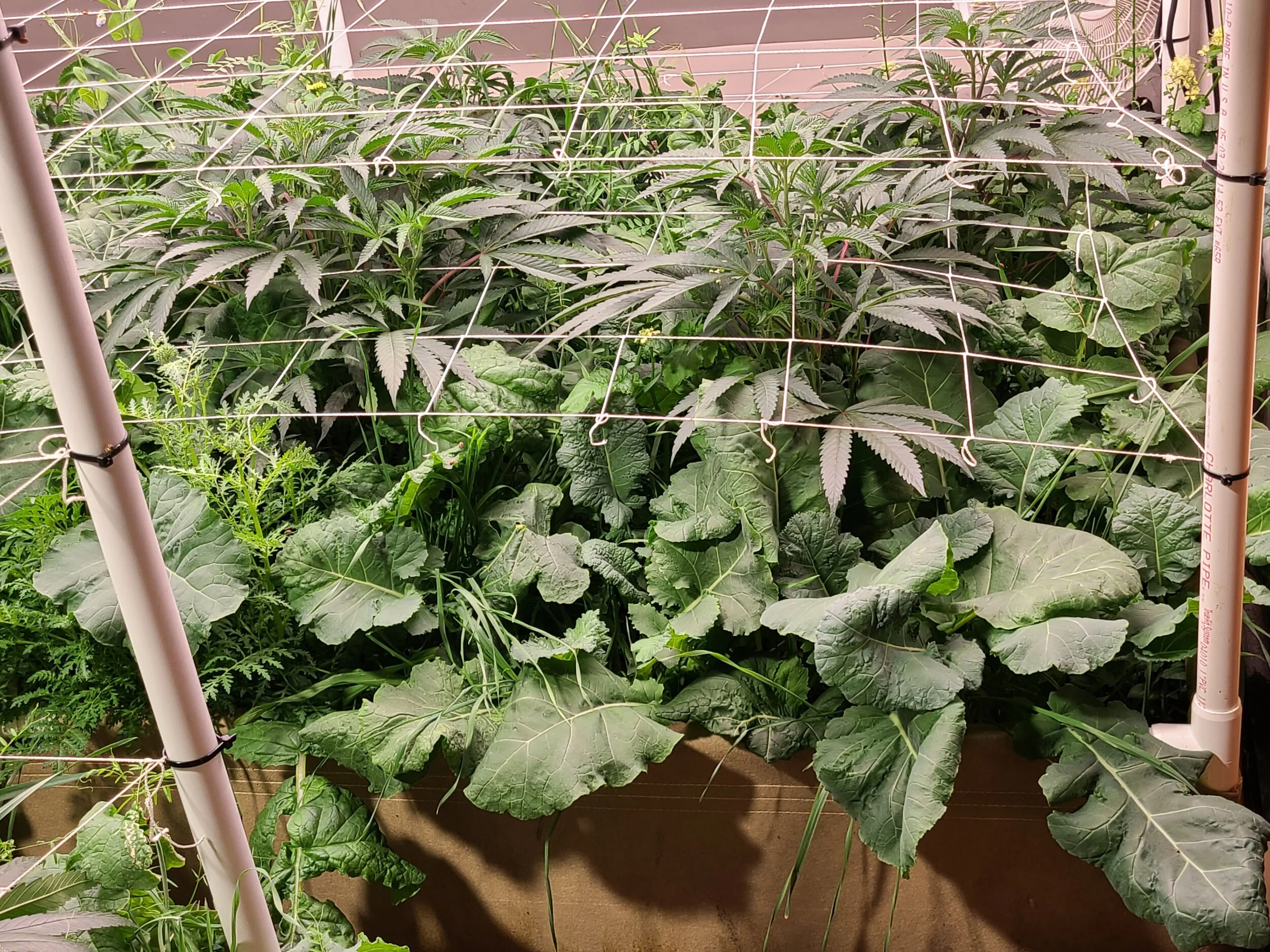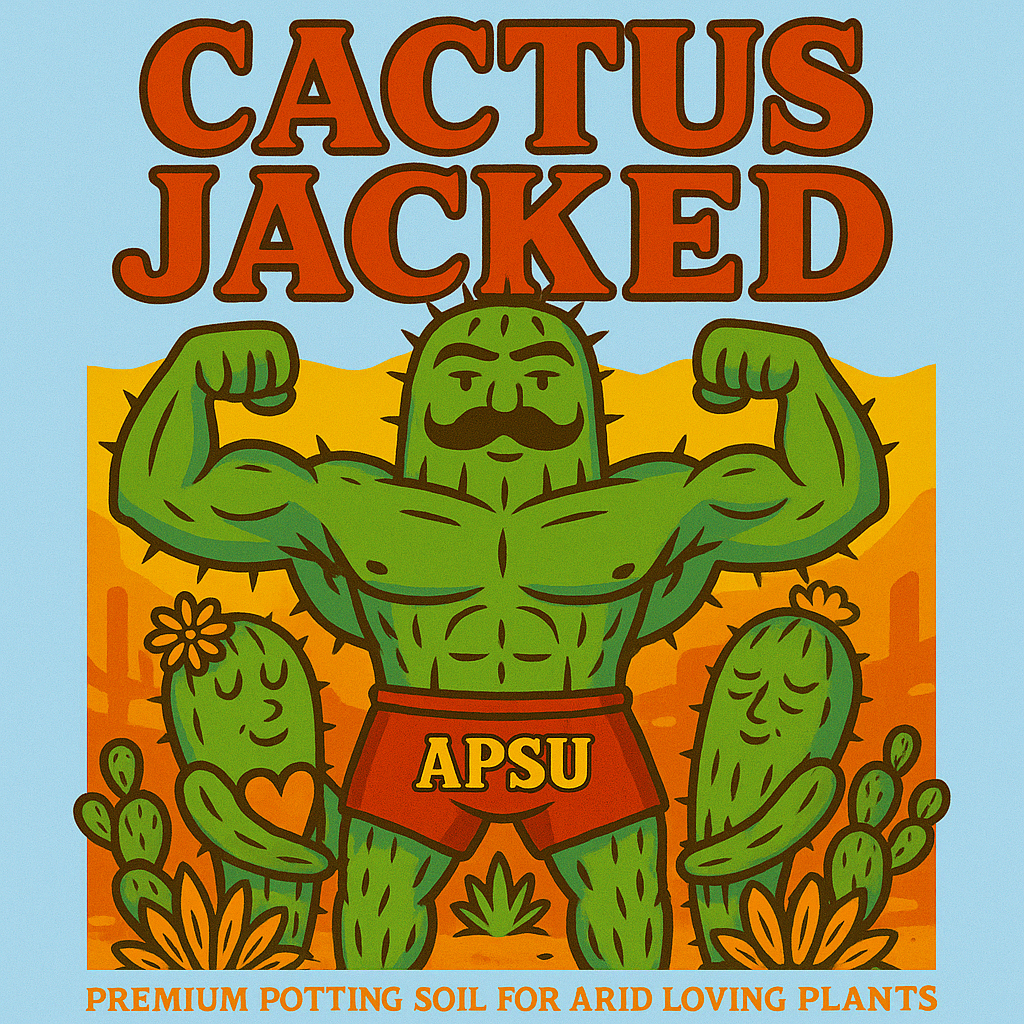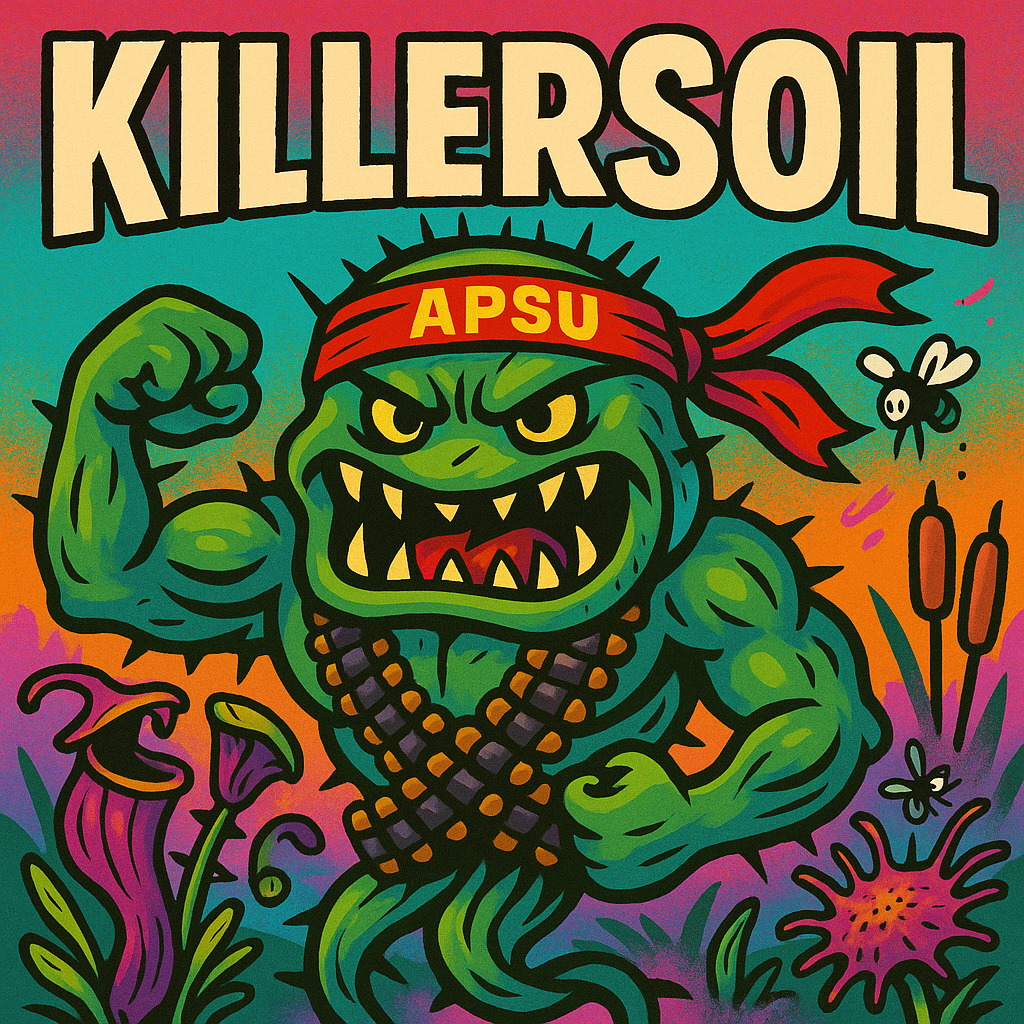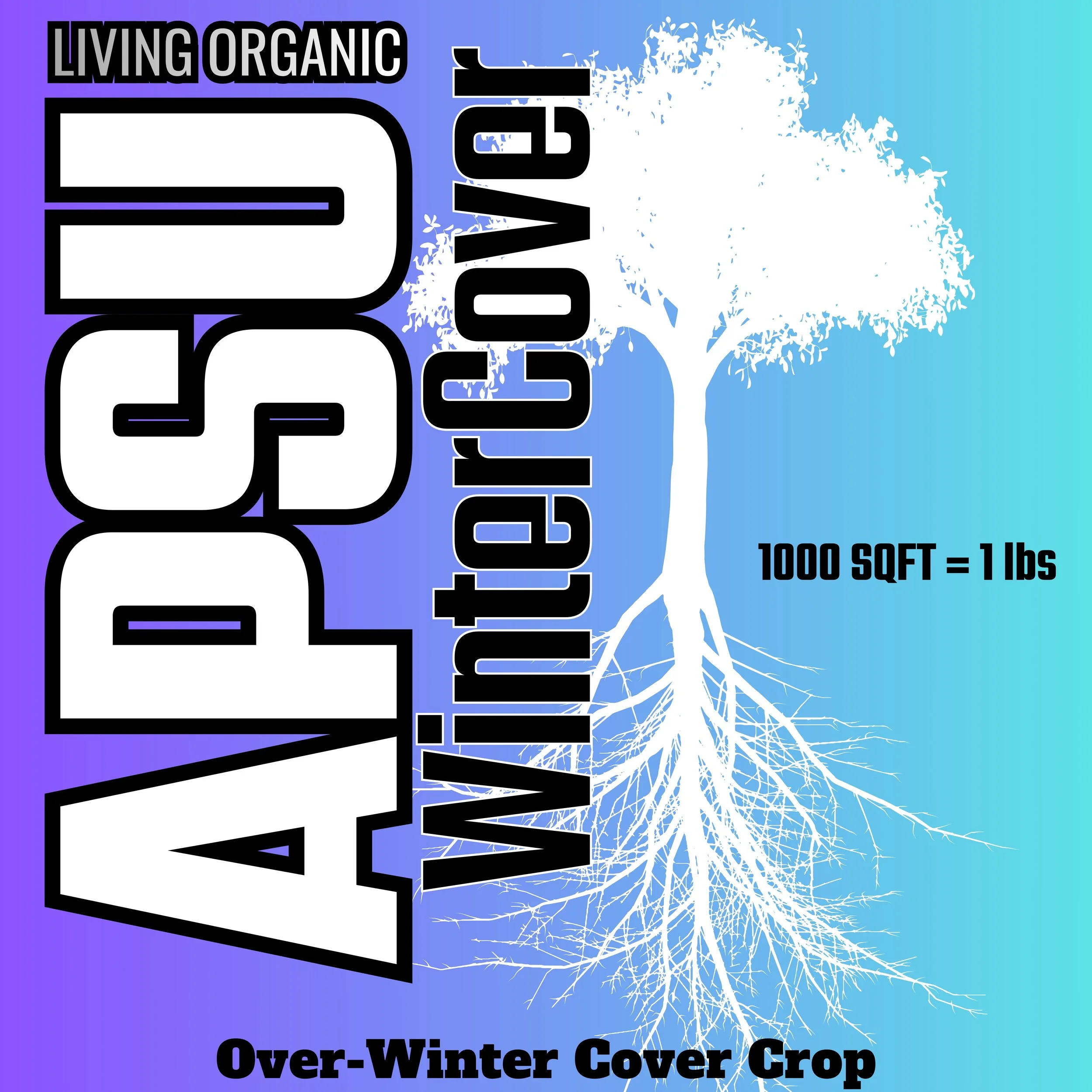
Find Your Soil
Type your plant or animal into the search, and we’ll show you the right soil.
WinterCover™
WinterCover™ is a multi-species cover crop blend designed to protect, condition, and rebuild soil during fallow periods and the winter season. It’s built for growers who want to keep soil active and protected when beds would otherwise sit bare, losing structure, nutrients, and biological momentum.
As WinterCover™ establishes, its diverse root systems penetrate compacted layers, improving aeration, water infiltration, and soil structure. Deep taproots loosen hardpan, fibrous roots stabilize aggregates, and surface growth protects the soil from erosion. Together, these plants act as a living soil conditioner, preparing the ground for healthier root development in the following season.
During growth, WinterCover™ captures excess nutrients—particularly nitrogen—preventing them from leaching away during winter rains. As the cover crop is terminated and decomposes, those nutrients are released slowly back into the soil, improving fertility and reducing the need for early-season inputs.
The biomass produced by WinterCover™ increases organic matter and feeds soil microorganisms, supporting nutrient cycling and long-term soil resilience. When managed properly, it improves moisture retention, suppresses weeds, and strengthens the biological foundation of the soil before spring planting.
-
Austrian Field Peas
A cold-tolerant nitrogen-fixing legume that captures atmospheric nitrogen and contributes it back to the soil as plant-available fertility.Winter Wheat
Provides dense ground cover and fibrous roots that stabilize soil, reduce erosion, and contribute organic matter.Triticale
A hybrid grain that combines cold tolerance with strong root development, improving soil structure and biomass production.Collards
Large-leafed brassica that contributes organic matter and calcium while providing additional surface coverage.Driller Daikon Radish
A deep taproot species that breaks up compacted soil layers, improving drainage and leaving channels for future roots.Berseem Clover
A fast-establishing legume that fixes nitrogen and provides early ground cover.Crimson Clover
Adds nitrogen, improves soil structure, and supports beneficial soil biology.Yellow Mustard
Contributes organic matter and provides natural biofumigation effects that help suppress certain soil-borne pests. -
WinterCover™ is a multi-species cover crop blend designed to protect and rebuild soil during fallow periods and the winter season. It’s used when garden beds or fields would otherwise be left bare, helping prevent erosion, nutrient loss, and soil compaction.
WinterCover™ keeps soil biologically active by improving structure, capturing leftover nutrients, increasing organic matter, and supporting beneficial microbes. As the plants grow and are later terminated, their roots and biomass condition the soil and return nutrients back into the root zone for the next planting cycle.
In short, WinterCover™ is used to protect, feed, and prepare soil during the off-season so it’s healthier, more resilient, and more productive when it’s time to plant again.
-
WinterCover™ works by keeping soil alive and protected when it would otherwise be exposed and inactive. Instead of leaving beds bare, the diverse mix of plants continues root activity through the off-season, which preserves soil structure and maintains biological function.
Different root types penetrate the soil at multiple depths. Deep taproots break up compaction and improve drainage, while fibrous roots bind soil particles together, increasing aggregation and preventing erosion. These root channels remain after termination, improving water movement and root access for future crops.
As WinterCover™ grows, it captures excess nutrients—especially nitrogen—that would otherwise leach away during winter rains. When the cover crop is terminated and decomposes, those nutrients are released gradually, acting as a slow-release fertilizer for the next planting cycle.
The above-ground biomass adds organic matter and feeds soil microbes, strengthening the soil food web and improving nutrient cycling. This combination of physical protection, nutrient retention, and biological activity is what makes WinterCover™ an effective tool for building healthier, more resilient soil year after year.
Usage Rates:
When to Plant
Plant in early fall after harvest or whenever soil would otherwise be left bare. Ideal timing is late summer through fall, depending on climate.
Seeding Rate
½–1 lb per 1,000 sq ft
Broadcast evenly and lightly rake or incorporate to ensure good seed-to-soil contact (¼ inch depth is sufficient).
Establishment
Water after planting if rainfall is not expected. Once established, WinterCover™ requires minimal maintenance.
Termination
In spring or before planting, mow or cut before flowering. Allow residue to decompose on the surface or incorporate lightly, depending on your system.
WinterCover™ keeps soil protected, biologically active, and nutrient-rich through the off-season—reducing erosion, improving structure, and setting the stage for stronger crops in the next cycle.
WinterCover™ is formulated to protect and condition soil during fallow periods by keeping living roots in the ground. It is composed of a diverse blend of grasses, legumes, and brassicas selected to improve soil structure, retain nutrients, and support biological activity without the need for tillage or synthetic inputs. The mix is designed to support soil systems, not harvestable crops.
Because WinterCover™ establishes active root systems across multiple soil depths, it continues nutrient cycling and structural development when beds would otherwise sit idle. Different root types improve aggregation, reduce compaction, and capture nutrients that might otherwise be lost. When terminated, the resulting biomass feeds soil microbes and prepares the soil for the next planting cycle as part of a balanced soil management routine.

















